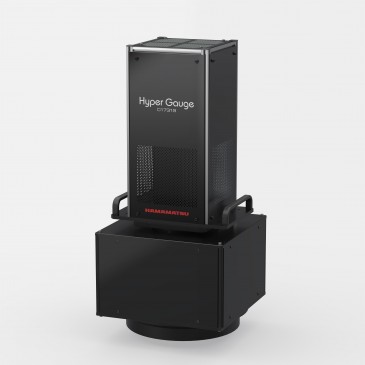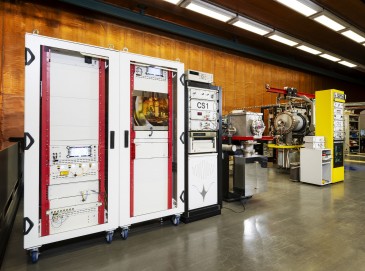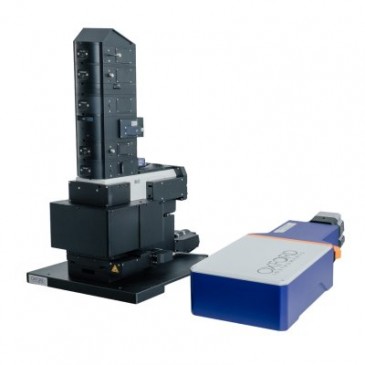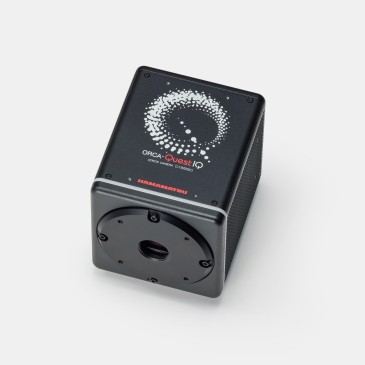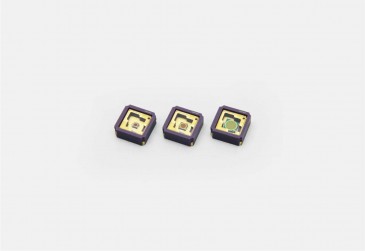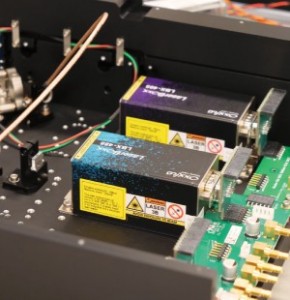
In a breakthrough for improved wireless communication systems, researchers from the ARC Centre for Ultrahigh bandwidth Devices for Optical Systems (CUDOS) at the University of Sydney's Australian Institute for Nanoscale Science and Technology have achieved radio frequency signal control at sub-nanosecond time scales on a chip-scale optical device.
Breaking through the speed bottleneck
The technique could solve the speed bottleneck in conventional radio frequency photonic delay time, which is limited by slow thermal tuning response and heat dissipation. “Prior to our work, the conventional way of tuning these chip delay lines has been through thermal tuning, which is a thousand times slower and consumes Watts of power,” explains Dr David Marpaung, senior research fellow in the School of Physics at the University of Sydney. “We completely remove the need of this power, hence creating an energy-efficient device.”
Improving wireless communication systems of the future
This research out of Australia could help to improve wireless communication systems. Marpaung says by creating a very fast (GHz order) tunable delay line on chip, one eventually can provide broader bandwidth instantaneously to more users. “This will be part of the solution to the current bandwidth bottleneck faced by wireless networks all over the world,” he says, stressing that the 50 billion devices predicted to access the wireless network by 2020 will pressingly require a more advanced way to cater to these users. “Our device and technique show the potential to be a crucial part of an antenna system that can create multiple beams that can be configured really fast, accessing more users in real time.”
Ultrafast tunable delay lines in phase arrayed systems
This breakthrough, according to the researcher, enables the implementation of ultrafast tunable delay lines in phase arrayed systems, which can achieve rapid signal distribution, pointing between different users and real-time object targeting.
The innovation could enable new kinds of applications that have previously not been feasible: “This technique in principle can be used for point-to-point signal switching within sub-nanosecond speed with low power consumption necessary for mobile devices,” Marpaung affirms.
A challenging achievement
“The key element of this breakthrough is to separate the tuning functionality from the on-chip optical delay element,” the expert says. “We achieved this through a new way in coding the RF information to the optical domain using an unconventional optical modulation technique.”
Path and timeline to market
The researcher notes that silicon photonics, the technology underpinning this advance, is progressing very fast. Thus, he reveals, “We expect the applications of this work will happen sooner than later, as a solution to the wireless bandwidth problem.”
Next steps
Going forward with this research effort, Marpaung and his colleagues are currently working on more advanced silicon devices that are highly integrated and can be used in small mobile devices.
The research is detailed in the article “Gigahertz optical tuning of an on-chip radio frequency photonic delay line,” published in Optica.
Written by Sandra Henderson, Research Editor, Novus Light Technologies Today























 Back to Features
Back to Features